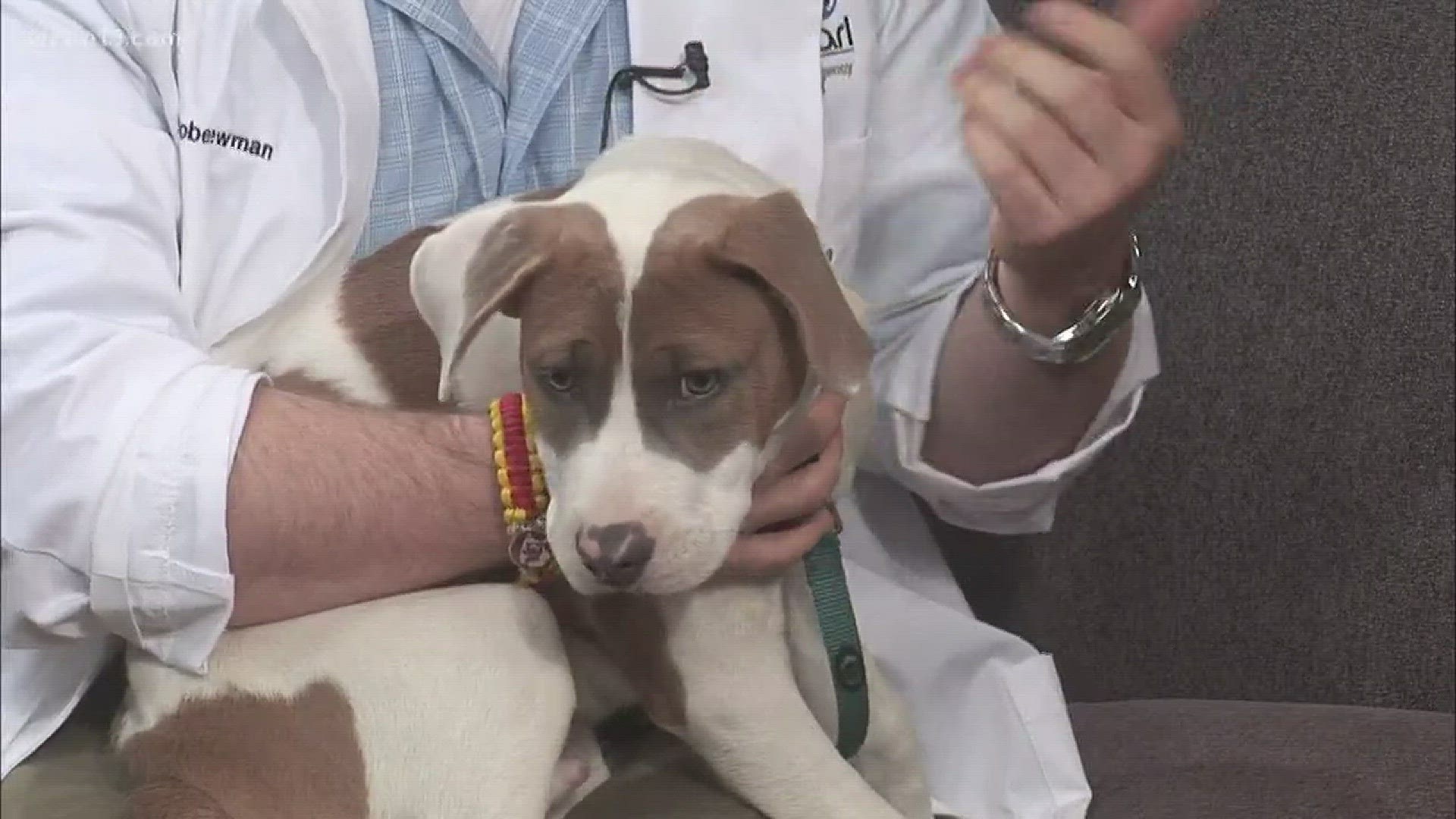Your pet loves to pounce, play, run and chase, sometimes with reckless abandon. Sooner or later, your dog or cat likely to wind up with cuts or scrapes.
So what should you do next? BluePearl Veterinary Partners has prepared this tip sheet on what to do if your pet has gotten a cut or other wound.
- Take your pet to a veterinarian as soon as possible. This is always the safest step when your pet has gotten a cut or scrape. It is critical any time the wound has penetrated through the skin, especially if there is bleeding. Remember, bite wounds are at a high risk for infection and often need antibiotic treatment even if they seem minor. Some wounds look minor from the outside, but cause severe injury underneath. The sooner you go to the vet, the better.
- Monitor any wounds. At the very least, monitor any wounds over time to check for signs of infection, such as redness, swelling or discharge. Also, be aware of signs of your pet’s discomfort, such as vocalizing, decreased appetite, lameness, panting or a general inability to get comfortable. If things worsen, you guessed it – go to a veterinarian.
- Keep yourself safe. Wounded pets sometimes bite, so avoid harm to yourself. Approach your wounded pet slowly and with a calm voice. Muzzle injured dogs and cats – using gauze or string for dogs, or a plastic cup for cats. Cover your cat with a blanket. Use a carrier when transporting your pet. And when in doubt, call a veterinarian for advice.
- Stop or slow the bleeding while at home. If your pet is bleeding, use a clean cloth or towel to apply manual pressure to the wound. If the cloth or towel fills with blood, don’t remove it, just add another layer and apply pressure again. If a limb is bleeding, elevate the limb.
- If a stick or other foreign body has impaled your pet, leave the object in place. You could cause more damage by removing the stick. Lay the pet with the stick or other object facing up. Cover the wound with towels that have been moistened with clean water.
- If you clean a pet’s wounds at home, use warm water and dish soap. It would be preferable to have this done by a veterinarian, but there could be cases in which this is not immediately possible. Stop if the wound is painful and may cause your pet to bite. Do not use hydrogen peroxide.
For more information about BluePearl Veterinary Partners, click here.
►Make it easy to keep up to date with more stories like this. Download the WZZM 13 app now.
Have a news tip? Email news@wzzm13.com, visit our Facebook page or Twitter.

